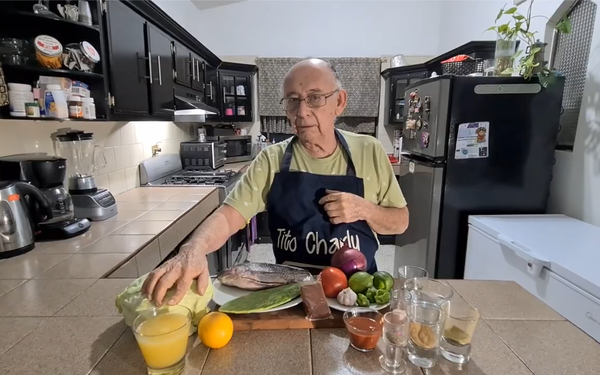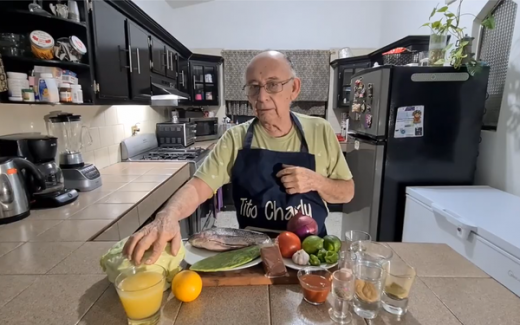Boomers Become YouTube Innovative Content Creators In 2020
Boomers Become YouTube Innovative Content Creators In 2020

With 58% of people open to watching digital content made by creators of any age, YouTube saw a growing number of boomer-age creators surfaced. Not just in the United States, but around the world in Mexico, Germany, and Korea.
Older creators are not exactly new to YouTube, but an innovative wave of creators started channels on the platform to share what they know. Younger audiences craved a connection to older generations as more families remained separated.
As consumption spiked in 2020, YouTube wanted to know how viewing behaviors shifted in 2020, so it created the first-ever Culture & Trends Report released Monday.
It looks at the top new trends across the platform, spanning a range of creators, content and viewers.
The report also shares insights on how creators evolved to match the needs of a more diverse audience, how innovative formats rose to meet a world craving social connection, and how digital tools for storytelling helped us face personal and societal challenges.
In 2020, 66% of people in Germany used YouTube to develop a new hobby, and 94% in India who use YouTube relied on the platform to learn to do something themselves, according to data from YouTube and Ipsos.
Audiences looked for indigenous culture from their homes with regard to their language, heritage and musical styling, leading to a sub-trend of indigenous rappers who penned songs about their life experiences. Those searching for content sought traditional lifestyle values.
Musicians like Pat Boy Rap Maya — a rapper of Maya heritage from Mexico, who raps in the Mayan language — uses the art form not just to express something about their culture and heritage but to actually preserve their language and keep it fresh and relevant.
An influx of videos by Black creators shared their personal experiences and challenged racial injustices. Then there are Teachers teaching Teachers, a YouTube trend that resulted from millions of students and teachers worldwide who had to transition out of their classrooms into an at-home, screen-based school experience.
The new types of interactions YouTube saw with sports fans on YouTube also surprised the company. When pandemic lockdowns closed sports arenas to fans, the “watchalong” — a live stream in which fans and especially soccer fans capture themselves watching live sports — was born. Groups of creators streamed themselves watching sports live. YouTube calls it a “reaction” format.
(22)


